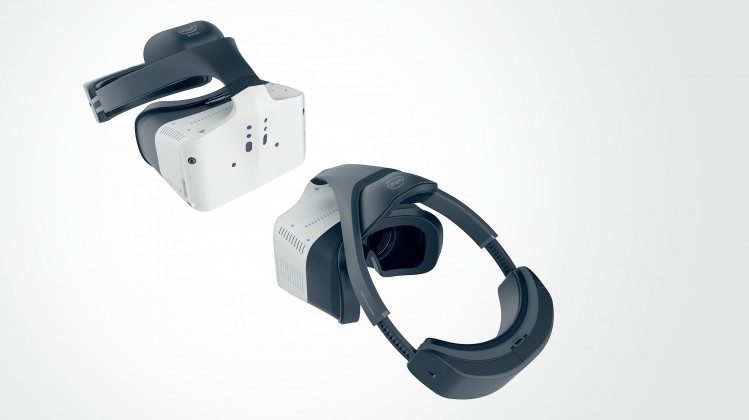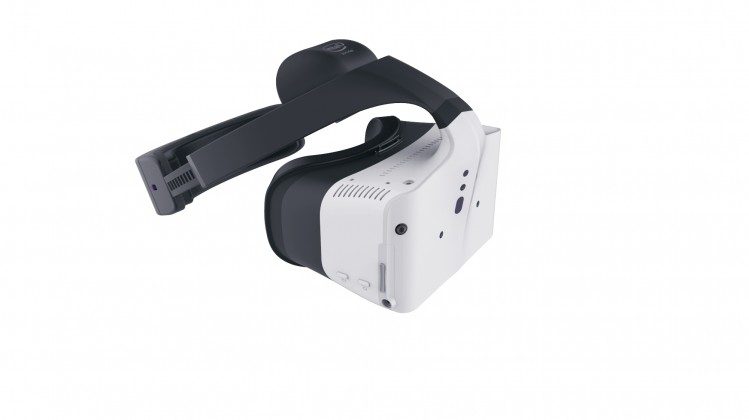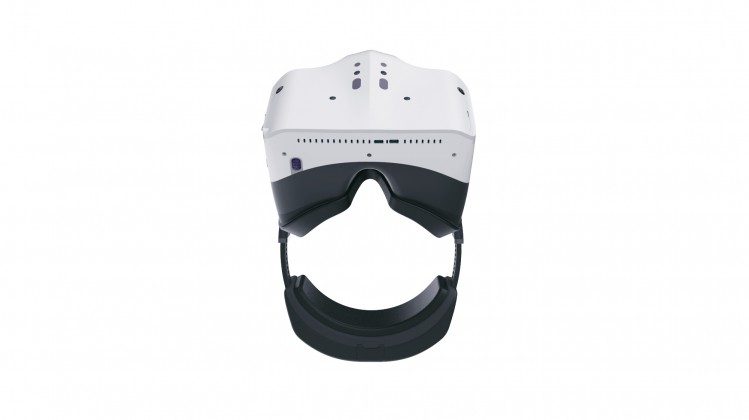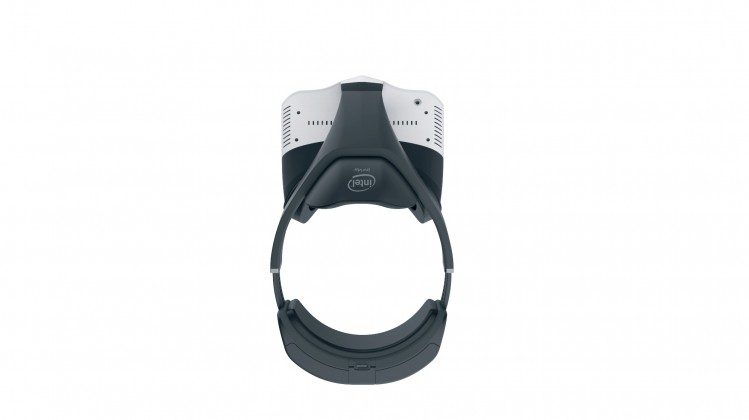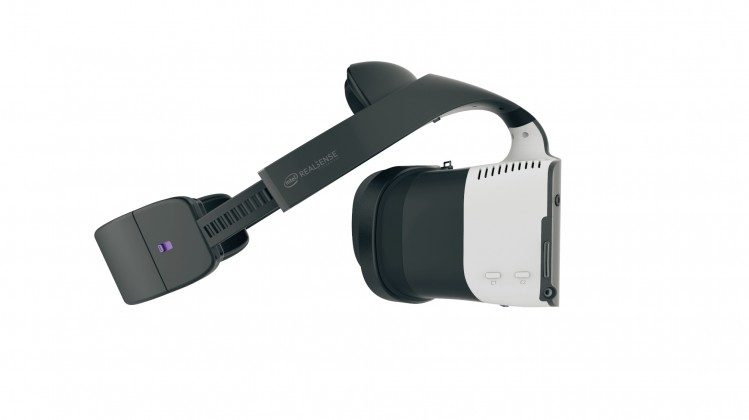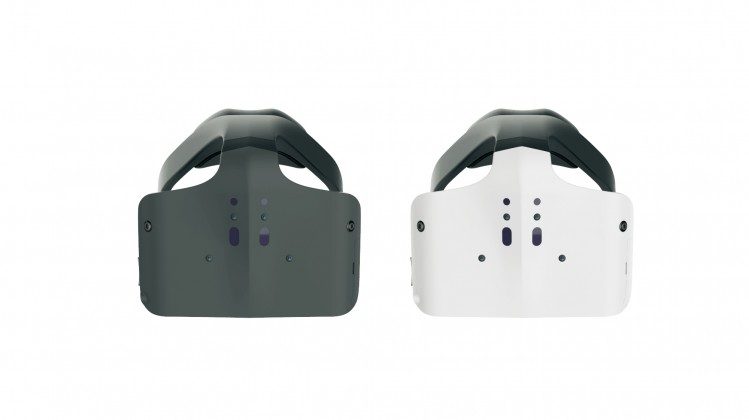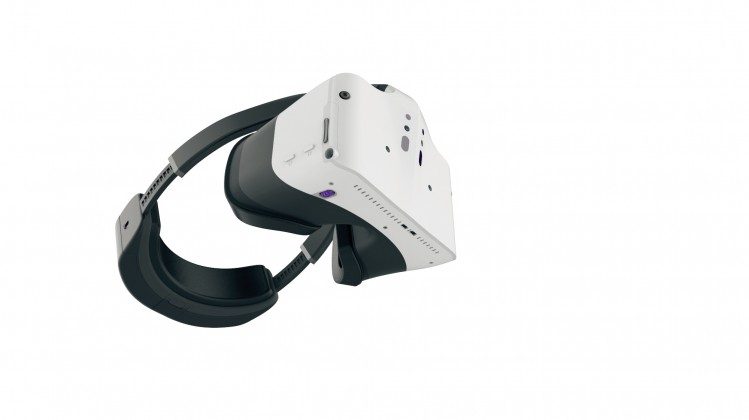Since announcing Project Alloy, a self-contained VR headset reference platform built with RealSense technology, Intel has released high resolution renders of the device providing an up close view of ports, buttons, and sensors.
Intel announced Project Alloy last month as an “open hardware platform,” a reference device which could form the basis of headsets created by other headset makers.
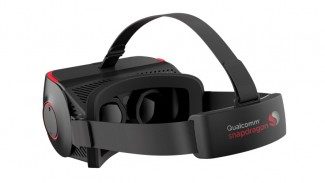
Project Alloy is self-contained, meaning all the computing power and battery is onboard, eliminating the need for a docked smartphone or a tethered connection to a computer. Intel has been tight-lipped about the technical specifications, but we have been able to confirm that it’s running a “PC-class” 6th-generation Intel Core processor. The headset is equipped with RealSense technology (Intel’s computer-vision platform), and we can see that the front of the headset is covered in no less than 10 sensors; Intel says this will enable the headset to do wide area inside-out positional tracking and gesture input.
Further around the headset we can see an IPD adjustment dial on the bottom near what appear to be two USB-C ports. On the side we find two buttons (labeled C1 and C2) next to a volume rocker, with what looks to be a 3.5mm headphone port below. The back of the headset has a purple switch which is presumably power (as the battery is likely to be mounted in the large rear compartment). Another unidentified circular port appears on the top right of the headset (looking similar to the 3.5mm jack on the side).
The renders don’t give us a good view of the left side of the headset, but on-stage photos from the announcement appear to show a USB 3.0 port, and possibly a video-out port (maybe micro-HDMI) underneath a cover.
Intel says Project Alloy will launch in the second half of 2017; given the long lead time, we expect the headset may continue to evolve until its release date. There’s no word on what the cost will be or if the headset will be openly available for purchase as a development-kit or restricted to select partners.


